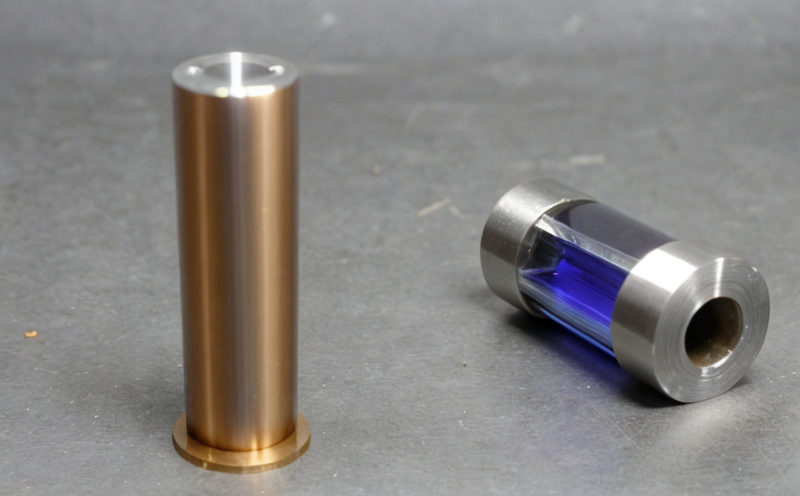AATCC 179 Dimensional stability of wool fabrics
The AATCC Test Method 179 provides a standardized procedure to evaluate the dimensional stability of wool fabrics. This test is particularly crucial for manufacturers and suppliers in the textile industry who are committed to ensuring product quality and customer satisfaction.
Dimensional stability tests like this one help identify how much shrinkage or stretching can occur during laundering, which is critical information for consumers as they expect their clothing to maintain its original shape. Wool fabrics, while known for their durability and warmth, can still exhibit significant dimensional changes under certain conditions, making it imperative to test them rigorously.
The AATCC 179 method involves placing samples in a controlled environment for a specified duration before and after washing. The dimensions of the sample are measured accurately using precision instruments such as micrometers or laser distance meters. After washing, the fabrics undergo another round of dimensional measurement to assess how much they have changed.
Standardization is key when conducting this type of test. By adhering strictly to AATCC 179 guidelines, labs ensure consistent results that are comparable across different manufacturers and regions. This uniformity supports fair competition within the industry and helps maintain consumer trust in textile products.
The significance of dimensional stability testing extends beyond mere quality assurance; it plays a pivotal role in enhancing brand reputation by delivering high-quality products consistently. Moreover, compliance with such standards demonstrates a company's commitment to sustainability and environmental responsibility since excessive shrinkage can lead to waste during production processes or after purchase by consumers.
For R&D engineers working on new wool fabric designs, understanding these parameters allows for continuous improvement in product formulations and manufacturing techniques. Quality managers rely heavily on accurate data from tests like this one when making decisions about material selection, process optimization, and final product approval.
Why It Matters
Understanding the dimensional stability of wool fabrics is essential for several reasons. Firstly, it ensures customer satisfaction by preventing garments from shrinking excessively during washing or drying cycles. Secondly, it contributes to the overall quality of textile products, which enhances brand reputation and market competitiveness.
Incorporating AATCC 179 into the production process helps manufacturers meet stringent industry standards and regulatory requirements. It also allows for better communication between suppliers, ensuring that all parties involved in a project have clear expectations regarding product performance.
The importance of this test cannot be overstated, especially considering its application across various sectors including fashion, home furnishings, and upholstery. By providing reliable data on fabric shrinkage or expansion tendencies, companies can make informed decisions about sourcing materials, designing products, and implementing quality control measures throughout their supply chains.
Furthermore, this standard supports sustainable practices by minimizing waste associated with improper sizing during manufacturing stages or post-purchase care instructions provided to end users. Sustainable development goals are increasingly becoming priorities for businesses globally, thus making accurate dimensional stability testing even more relevant today than ever before.
Quality and Reliability Assurance
The quality assurance process in textile manufacturing is critical to delivering products that meet customer expectations consistently. Ensuring dimensional stability of wool fabrics through rigorous testing like AATCC 179 plays a vital role in this process.
By subjecting samples to controlled washing conditions as per the specified protocol, labs can accurately measure any changes in size or shape post-wash. This information is then used by quality assurance teams to identify potential issues early on and implement corrective actions if necessary.
The reliability of these tests comes from their adherence to internationally recognized standards like AATCC 179. These guidelines ensure consistent results across different laboratories worldwide, allowing for greater confidence in the accuracy and consistency of reported data.
For companies operating within competitive markets, maintaining high levels of quality assurance is essential for retaining loyal customers and attracting new business opportunities. By investing in robust testing methods such as AATCC 179, manufacturers can enhance their reputation among consumers who value product integrity and longevity.
Competitive Advantage and Market Impact
- Enhanced Product Quality: By accurately testing dimensional stability according to AATCC 179, companies can ensure that their wool products meet or exceed industry standards. This leads to higher customer satisfaction levels and improved brand reputation.
- Innovation Opportunities: Understanding how different variables affect fabric shrinkage allows textile innovators to develop more advanced materials with superior performance characteristics. This can give them a competitive edge over rivals who may not invest in such research.
- Better Customer Trust: When consumers know that the wool garments they purchase will maintain their shape after repeated washings, they are likely to remain loyal customers and recommend products to others. This fosters long-term relationships between brands and their target audiences.
- Cost Savings: Precise measurement of fabric shrinkage helps manufacturers avoid costly mistakes in production runs or post-sale returns due to dissatisfaction with product performance. It also supports efficient supply chain management by optimizing stock levels based on expected usage patterns.





